It has been a long time since Reyaz Punjabi demolished the office of Kashmir University Students Union thus closing the chapter of active student activism. Young generation is utilizing the spaces that situation offers them even in places far away from Naseem Bagh, reports Bilal Handoo
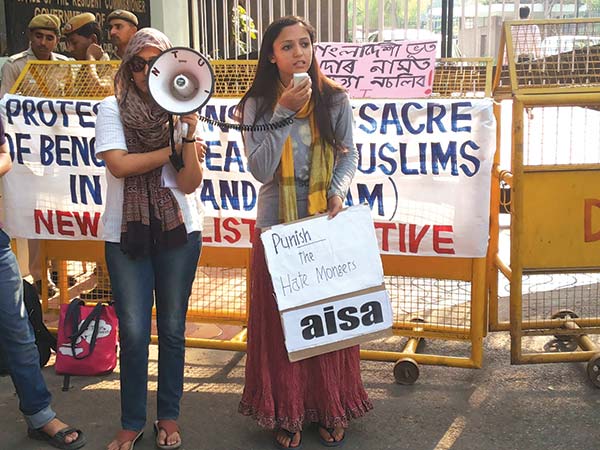
The “rousing reception” that he received at Aligarh Muslim University in late eighties is one of Syed Ali Geelani’s “cherished memories”. Students, mostly Kashmiris studying there, carried him on shoulders from Railway station to Kennedy Hall where he made a speech. The ageing ‘hawk’ could feel the AMU in 2010 when he visited University of Kashmir.
Days later, in the dead of the night on May 17, the varsity officials razed the Kashmir University Students Union’s (KUSU’s) office to ground. The act was brazen, so was the manner in which it was done on the order of poet VC Reyaz Punjabi. Officially, this destruction was termed “mandatory for campus development”. But everybody knew the objective was to shut the narrow opening for student activism in Kashmir’s highest seat of learning.
Students did not take it easy. “This Punjabi and his stooges must know that if they won’t allow students of this campus to exercise their rights,” a ring leader sporting long hair and stubble rose to speak to a KUSU gathering of ‘mourners’. “Then, we will take this campaign far away outside the Rumi and the Sir Syed Gates.” Unwittingly, the young man sounded foresighted.
Soon minor student Tufail Mattoo fell to state action. The first place that erupted in reaction was the varsity. In immediate follow-up, students studying in Punjabi’s controlled campus packed their bags and were home.
Others studying at other places, stayed put. Kashmiri students in Delhi took the campaign against the killings and vociferously held number of protests. Amid killings, clampdowns, curfews, curbs and clashes, these students could gather the sizeable support for the issue which till then was being fed to larger Indian audience through selective media gaze.
“For the first time since joining liberal universities like JNU, I could feel, yes, we can speak for ourselves,” says Mushtaq, a JNU graduate. “Unlike Kashmir University, JNU offered us a new student friendly atmosphere to raise the issues close to our heart.”

At Delhi, everything was different. There was no witch-hunt unleashed by the campus administration. Back home, some cops and IB guys had suddenly began frequenting the homes of KUSU supporters. Apart from terrorising our families, says Maroof, a former KUSU member, cops would interrogate and warn us of dire consequences, if we continue activism. “For this,” continues Maroof, “Punjabi – acting as a typical clerk of a Delhi – was responsible.” Once witch-hunt turned into a literal lynch-hunt, many ‘politically conscious’ students preferred Delhi over Srinagar.
But when Delhi sent tremors to Srinagar by the dawn of February 9, 2013 by secretly hanging Afzal Guru, many campuses rocked in reaction, especially the JNU. It offered an instant crash course in Kashmir, Afzal Guru and Azadi.
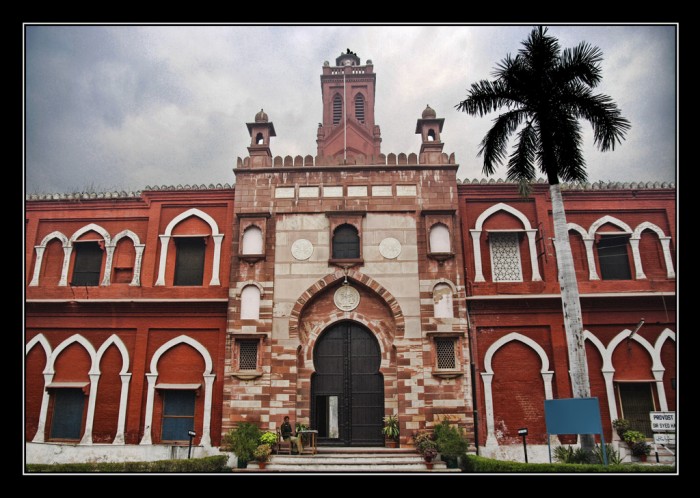
In 1995, when retired IAS officer Mehmood-ur-Rehman was appointed the AMU VC, the first hostile crowd he faced was from Kashmir. Knowing fully well his actions as head of state’s home department, especially during the siege of Hazratbal, Kashmiri students were the first to write the graffiti: ‘Mehmood-ur-Rehman, Go Back’.
Rehman lived his Kashmir experience in Aligarh. Shortly after taking over, he abolished the students’ union but revived it in mid-’97 when he promptly nominated Zamir Ahmad Khan, a civil engineering student who has several criminal cases pending against him, as its president.
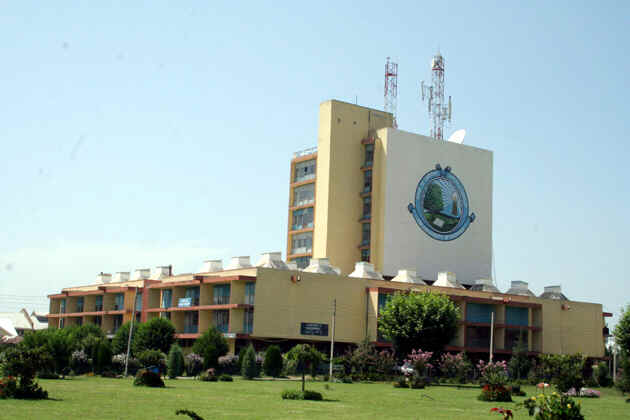
But unlike students who were able to maintain some sort of activism, it was a no-go area back home, completely under blanket ban. Then, a youngster from Barbarshah, who later rose to become a police officer, was at the forefront of student activism in Jamia Milia campus. “It was a different atmosphere there,” Altaf Khan, now SSP Shopian, recalls his Jamia days. “Unlike Kashmir University, students outside J&K could express their point of views and would fight, raise and debate on different issues.”
But these selective, small group-protests within and outside the campuses then were devoid of what was happening in Kashmir. Then campus politics was the dominant factor. But in Kashmir University, the blanket ban, was even denying the same.
Year 2007 was historic as a change took over. Then, VC KU Abdul Wahid allowed KUSU to constitute, function in the varsity. For a while, the “old man” at top seat seemed sagacious to students. He even promised them fair campus elections. But before that could have happened, Punjabi succeeded him.
By 2009 when the campus rose up to protest the Shopian double “murder”, Punjabi banned KUSU’s activities. He ignored repeated pleas by the students that they would like to stay apolitical body. Then, Punjabi had the “media projection” of being the last wise-man of Kashmir, a position he used to the hilt.
Interestingly KUSU was banned when then chief minister, Omar Abdullah, stressed: “Students activism is the need of the hour.” Even Rahul Gandhi arrived to show solidarity with students. Within days of his departure, a youth wing of Congress, National Students’ Union of India (NSUI) was launched in KU. Soon NSUI in collaboration with the university arranged a Delhi tour of KU students. The tour, in which students met various Congress leaders, had been kept under wraps to ‘covertly’ push NSUI’s agenda.
For a change, Islamic University of Science and Technology Awantipora conducted student elections in the fall of 2011. Since then, there has not been any election.
“We have a different situation in Kashmir,” Punjabi told The Hindustan Times on May 21, 2010. “JNU or JU have only mainstream political parties but Kashmir also has separatist presence.” In the same interview, Punjabi said he would allow students’ politics only “if they build KU administration’s confidence through literary and cultural activities”.
Keeping the vow of the former V-C in mind, the students not only participated in cultural and literary activities, but also organized the annual intra university youth festival, Sonzal. But the ban on KUSU never softened. Instead, the varsity said they have provided a better forum, Kashmir University Students’ Welfare Association (KUSWA) other than KUSU to students to express their point of views. But the move was read “treacherous” by students, especially KUSU supporters.
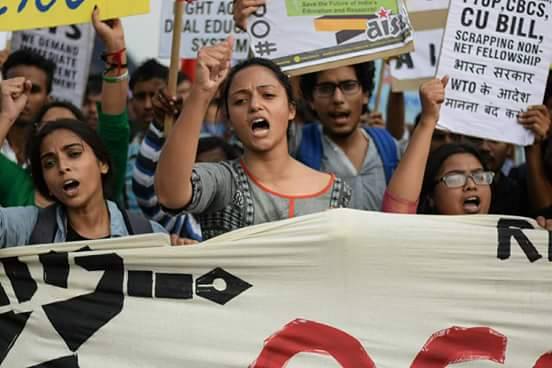
It was in this gridlock, a blogger from old city gave vent to her views: “There is no forum where Kashmiri students can voice their problems… The prevailing political situation in any place inevitably affects the youth- in terms of its actual impact and its more long-lasting psychological impact.”
Today the blogger is lady mover and shaker of JNU, who goes with the name of ‘Comrade’ Shehla. Originally Shehla Rashid Shora, she is a graduate with Computer Science from National Institute of Technology. Last year, she was elected as the vice president of JNU Student’s association. She is the first woman student to win an election of the JNUSU.
What Shehla couldn’t do in Kashmir, she did it in Delhi. Currently, the prominent voice of the ongoing agitation at JNU, she is an eloquent speaker. Often seen making speeches to Left-leaning gatherings, she took over as the student leader in JNU after her president Kanhaiya Kumar was arrested.
“They ask us what do you want azadi from, what type of azadi do you want,” Shehla said during a recent demonstration at JNU. “Today we will define this azadi … this entire country wants azadi from WTO, from casteism, from discriminatory laws…”
Shehla and others in her tribe could manage to stir a storm in a liberal space in JNU unlike KU. “There is space and culture in JNU and other universities,” says Mushtaq, a scholar in JNU. “There are some student groups in JNU campus, which advocate right to self determination to Kashmiri in particular AISA.” Other than AISA, there are SFI, NSUI, DSU and ABVP active in JNU.
But back home, the voices are still calling for the revival of students’ activism in Kashmir. “You can’t deny space to student activism,” says Noor Ahmad Baba, social sciences professor. “If you do, then you are stopping manufacturing of future leaders.” Even the former education minister called for taking a lead to have a “formal students union” in the varsity.
The idea was if the Naeem Akhtar’s godfather and PDP founder Mufti Mohammad Sayeed could start his political career as a student politician after serving as a court member at AMU, then why not a student in Kashmir. Some people sometimes think that had not AMU been around, what would have happened to Kashmir. Sheikh Abdullah, Prof Abdul Gani Bhat, Mufti Sayeed, Syed Mir Qasim, GM Sadiq – all have been the alumni of AMU.
In comparison the AMU, KU is just a school where KU boss, says KUSU, is not still able to make a distinction between his laboratory and the top chair. “I support student activism,” says Dr Khurshid Iqbal Andrabi. “But not at the cost of the institution.”
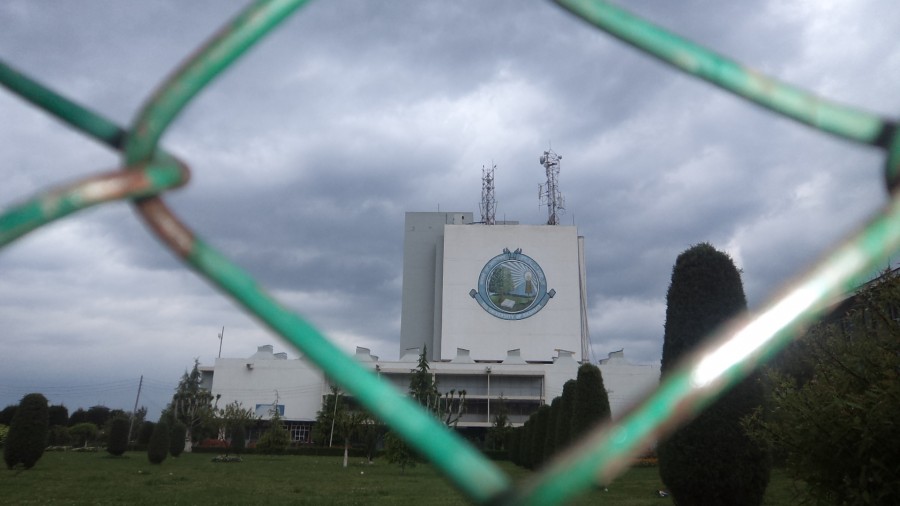
Back to AMU, when Mehmoor-ur-Rehman invited Dr Farooq Abdullah to inaugurate the main gate and agricultural department in 2000, Kashmiri students rocked the campus with “Go back, Farooq” slogans. Behind the rage was the sense how Dr Farooq was ruling Kashmir since 1996. The protests threw Farooq’s programme haywire.
But cynics in Srinagar say that denying the young certain rights at home and granting the same beyond the Banihal Tunnel has got its own consequences. Right-wingers might have their own agenda to manage the left activism and squeeze the “Republic of JNU”, but it was Kashmir that lit the mess in. For most of the last week, the media and the politics is following what happens in one of India’s prime academic spaces. It is high time for the managers in Kashmir to understand how long the universities can be reduced to primary schools and what are the costs involved?
(With additional reporting by Saima Bhat and R S Gull)















